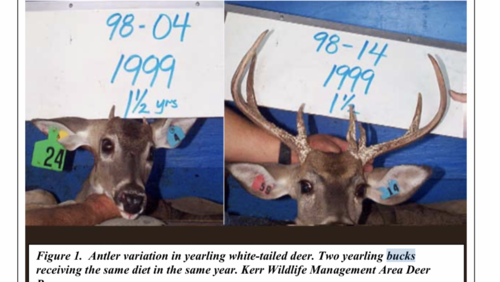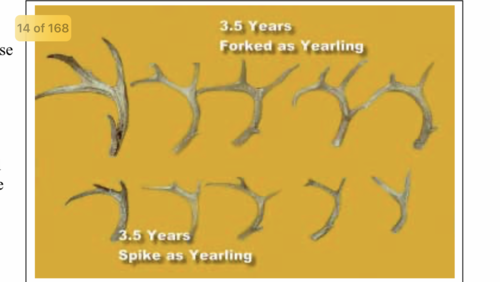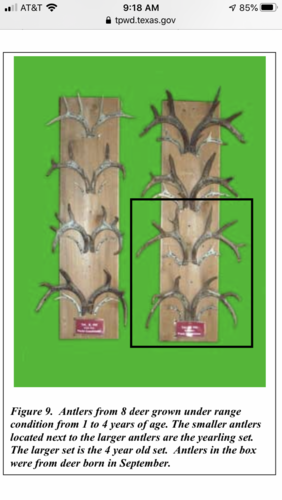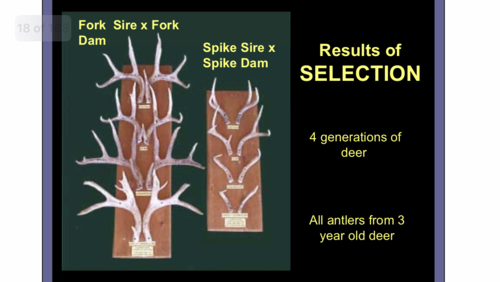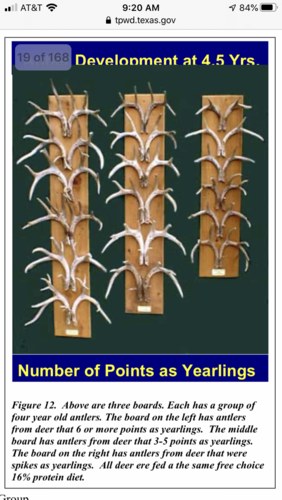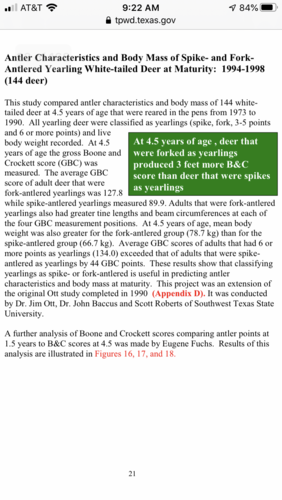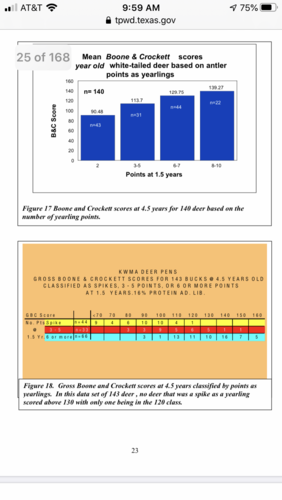T
tjones
Guest
.No. You think you’re gonna make an impact while 1000 other people follow the regs? If you have a problem with what the bio recommends, take it up with those in charge. Don’t ask someone else to pass a deer this year so that YOU can shoot him next year.
Where ya from Bill?
I don’t think you realize what guys do on this forum as far as recommendations to bios and the work they do on fish and game issues.




